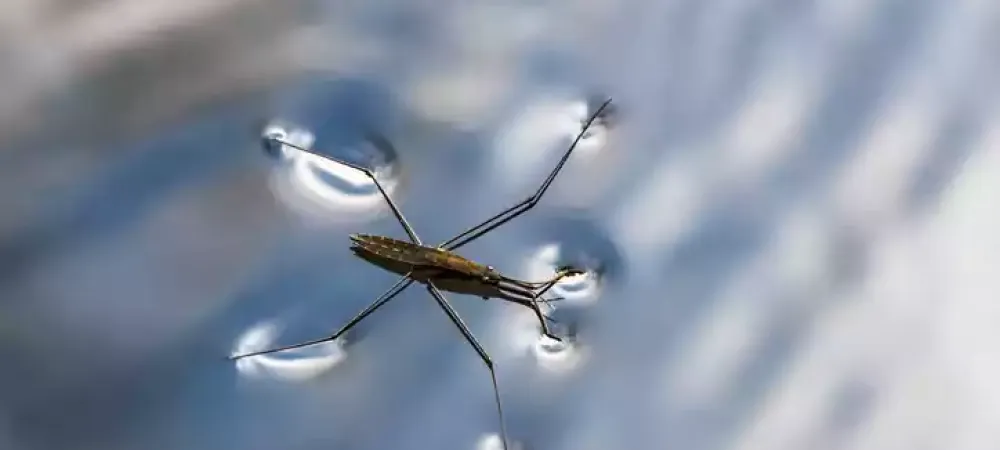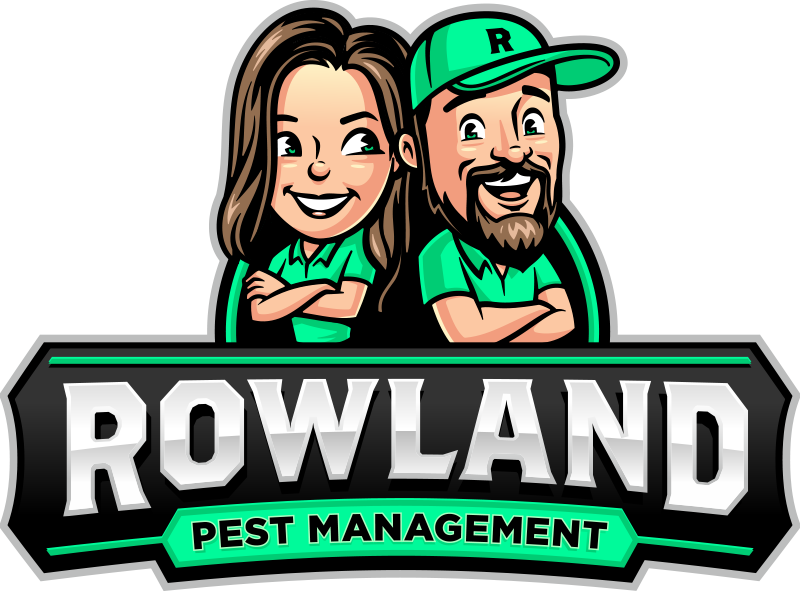Interesting Pests You Will See in Orlando

Orlando, Florida is known for its sunny weather, theme parks, and vibrant nightlife. But did you know that it is also home to a variety of interesting pests? From the infamous palmetto bugs to love bugs, Orlando's wildlife can sometimes make an unexpected appearance in your home or backyard. In this article, we will explore some of the unique pests you may encounter in Orlando. If you notice these pests in your home, call Rowland Pest Management for pest control in Orlando.
Palmetto Bugs
Palmetto bugs, also known as American cockroaches, are large insects that are commonly found in the Southeastern United States. These bugs are known for their distinctive characteristics and habits, which set them apart from other cockroach species.
Characteristically, Palmetto bugs are reddish-brown in color and can grow up to two inches in length. They have a pair of long antennae and six legs that allow them to scurry quickly across surfaces. These insects are excellent fliers as well, using their wings to navigate through their environment.
In terms of habits, Palmetto bugs are primarily nocturnal creatures, preferring to emerge during the night to forage for food and seek shelter. They are omnivorous insects, feeding on a wide range of organic matter, including decaying plant material, dead insects, and even garbage. This adaptability makes them highly resilient and difficult to eradicate.
Palmetto bugs thrive in warm and humid environments, making the Southeast a favorable region for them to inhabit. They are often found in dark and damp areas such as basements, crawl spaces, and sewer systems. Unfortunately, their presence can pose various hazards. They are known carriers of bacteria, fungi, and pathogens, which can contaminate surfaces and food, potentially leading to health issues when exposed to humans. Moreover, their feces and shed skin can trigger allergies and asthma symptoms in sensitive individuals.
Lovebugs
Lovebugs are small insects that belong to the family of march flies. They are widely found in the southeastern parts of the United States, including the state of Florida. These bugs have become synonymous with Walt Disney World due to their significant presence and impact on the area.
Lovebugs are attracted to the abundant vegetation and warmth in the region, which makes Walt Disney World an ideal habitat for them. These bugs are known for their distinct characteristics, one of which is their strong attraction to each other during mating season. Hence, the name "lovebugs" is derived from their behavior of staying in pairs during most of their life cycle.
The impact of lovebugs on Walt Disney World is primarily observed in the damage they cause to automobile finishes. When these bugs come into contact with a vehicle, they release acidic fluids. Over time, these fluids can cause damage to the paint on the car's exterior, leading to costly repairs. Consequently, visitors to Walt Disney World are often advised to take preventive measures, such as washing their cars regularly and applying wax to protect the paint.
Although lovebugs are often perceived as a nuisance, it is crucial to note that they do not bite or carry diseases. Their attraction to bright colors often results in them flying into cars or buildings, making them an inconvenience rather than a threat to human health.
Red-Shouldered Bug
The Red-Shouldered Bug, scientifically known as Jadera haematoloma, is a distinctive insect that can be easily identified by its key characteristics and physical features. One notable feature of this bug is its vibrant red shoulders, which are vivid against a dark-colored body. Its elongated body shape is another distinguishable characteristic, with an approximate length of 1/2 inch to 3/4 inch.
In terms of habitat preferences, the Red-Shouldered Bug is commonly found in wooded areas and gardens. It thrives in environments with an abundance of plants, especially those with thick vegetation and tall trees. This bug is known to feed on the sap of plants, particularly seeds, fruits, and flowers.
Wooded areas provide the perfect habitat for the Red-Shouldered Bug due to the presence of a diverse range of plant species and the protection provided by tree canopies. Additionally, gardens with well-maintained flowers and shrubs can also attract these bugs.
Water Striders
Water striders, scientifically known as Gerridae, are small insects belonging to the order Hemiptera. They are most commonly found near freshwater bodies such as ponds, lakes, and slow-moving streams. They exhibit fascinating behavior and possess distinct physical characteristics that enable them to thrive in their watery habitats.
Water striders have a unique ability to walk on water, which can be attributed to their specialized adaptations. Their long, slender legs are covered in small, hydrophobic hairs that prevent them from breaking the water's surface tension. This, combined with their lightweight exoskeleton and evenly distributed body weight, allows them to glide effortlessly across the water's surface. They can even jump or skate on the water, using their legs as oars.
In terms of appearance, water striders have elongated bodies, measuring between 0.5 to 2 centimeters in length. Their legs are significantly longer than their body, and their front legs are used for capturing prey. They have two pairs of wings, with the front pair being longer and narrower than the hind ones. The coloration of water striders usually blends with their surroundings, and their bodies are streamlined to aid in quick movement.
There are several species of water striders distributed across different parts of the world. Notable species include Gerris remigis in North America, Aquarius paludum in Europe, and Limnoporus rufoscutellatus in Asia. These insects are well-adapted to their specific regions and can be found in various freshwater habitats.
June Bug
The June Bug, also known as the June Beetle, is a common insect found in North America. It belongs to the family of beetles called Scarabaeidae and is generally characterized by its oval-shaped body, which measures around 1 to 1.5 inches in length. These bugs have a hard exoskeleton that varies in color, ranging from brown to greenish-gray. Their wings are usually covered by a protective shell, which adds to their distinctive appearance.
June Bugs are primarily found in grasslands, forests, and gardens. They are most active during the late spring and summer months, hence their name. With a nocturnal nature, these beetles typically hide in vegetation during the daytime and become active at dusk. They are strong fliers and can often be seen hovering around lights, especially during mating season.
Feeding on a variety of plant material, June Bugs can cause significant damage to crops and trees. They mainly prefer feeding on plant roots, especially grass roots, which can lead to yellowing and weakening of the plants. In agricultural settings, they are considered pests due to their potential to reduce crop yields and damage pastures. Farmers often employ control measures, such as using insecticides or implementing management strategies, to mitigate the impact of June Bugs.
